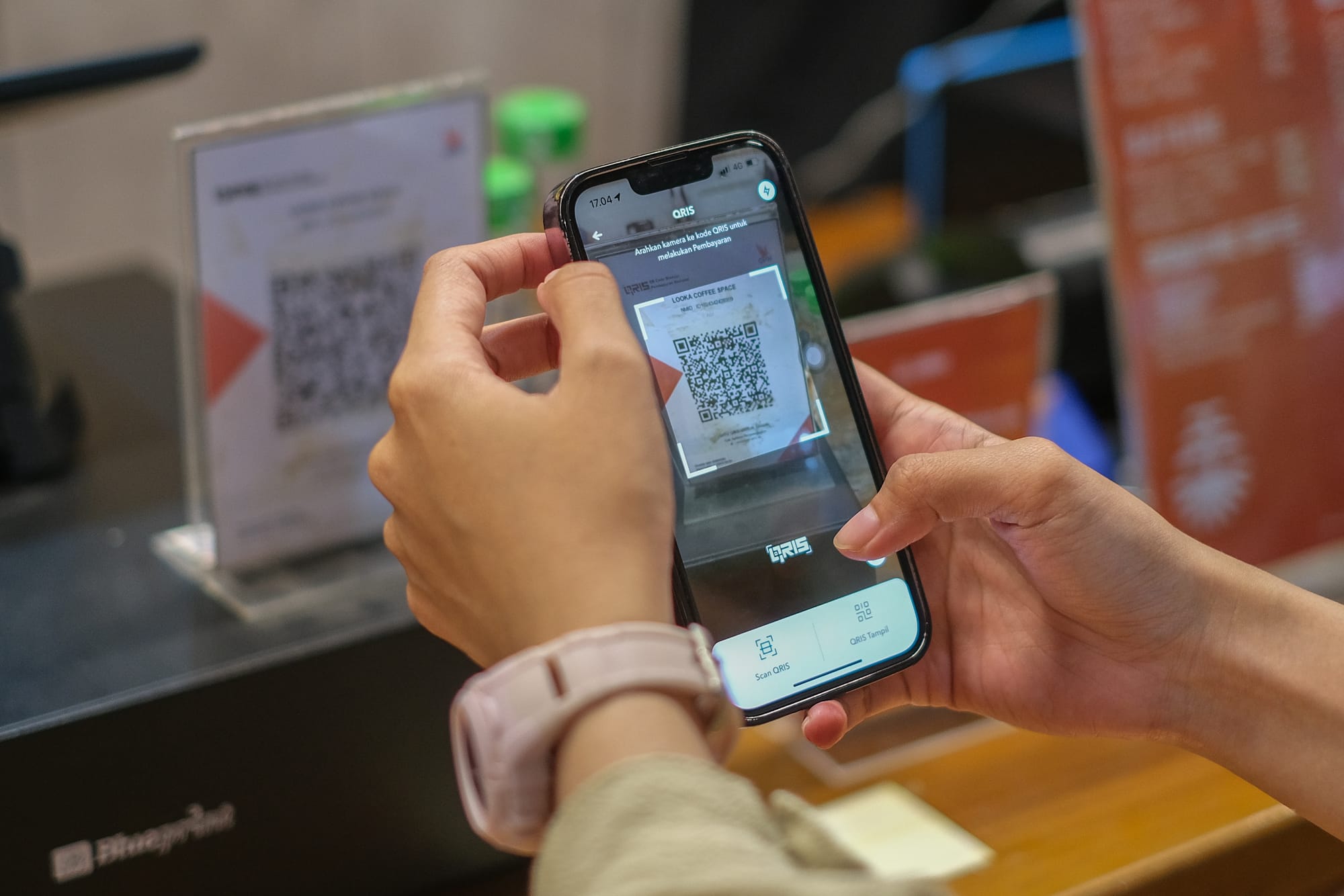On August 17, 2025, amidst the fanfare of the 80th Independence Day celebration, Bank Indonesia (BI) will mark a new chapter in the national payment system. On that day, the public will be introduced to Payment ID, a single identity for all digital financial transactions in the country.
Not just a ceremonial launch, BI deliberately chose the moment of independence as the birth of a payment data infrastructure that is expected to accelerate economic digitalization. In the initial phase, this system will be tested to distribute social assistance (bansos), before being used more widely.
Head of the Payment System Policy Department at BI, Dicky Kartikoyono, said that this step is part of the Indonesia Payment System Blueprint (BSPI) 2030. "Payment ID is a unique code integrated with NIK, designed to detect the account holder's financial history in detail," he said, quoted from Antara.
The grand goal is to build a data system as a public good to strengthen transaction integrity and support national policies.
What is Payment ID?
In simple terms, Payment ID can be referred to as a "financial ID card." It will be a single identity code that applies across banks, digital wallets, and other payment platforms. With this system, customers no longer need to repeat the verification process each time they open a new account.
Chairman of the Indonesian Payment System Association, Santoso Liem, gave a simple example of how it works. "If I have an account at one bank, and then want to open one at another bank, I just need to give consent, and my data can be directly shared between financial institutions. Everything is connected through one Payment ID," he said when contacted by SUAR via telephone (08/08/2025).
According to him, this concept is similar to the Social Security Number (SSN) in the United States, but with a more complex scope because it will combine data from various official identities, such as the Population Identification Number (NIK) and the Taxpayer Identification Number (NPWP). Payment ID will apply across ecosystems, from banking to fintech, and contain comprehensive information about the financial profile of its owner.
According to the Indonesia Payment System Blueprint launched by BI in early August 2024, Payment ID has three main functions:
- Identification key to form a data profile of payment system actors.
- Authentication key in processing transactions.
- Unique key for aggregation between individual profile data and granular transaction data.
Benefits and solutions offered
For industry and society, Payment ID opens up significant efficiency opportunities. The process of opening a new account becomes much faster. Financial institutions only need to access data that has been verified through Payment ID, as long as the customer gives their consent.
Another advantage is protection from fraud. "If our money is transferred to a Payment ID that is indicated on a blacklist, there may be a transaction delay. This can minimize cyber scams," said Santoso.
Santoso sees the Payment ID concept as more than just transaction convenience. "Well-targeted social assistance because it meets the criteria, that's positive," he said. He emphasized that consumer protection and personal data protection rules must be the main foundation.
According to him, data between companies, personal, and UMKM can clearly be distinguished. "UMKM have certain limitations, for example, from turnover. Why is the tax calculated from turnover? Because that's where the sales revenue comes from, for example, 0.5%. This will later be adjusted by the Director General of Taxes," he explained.
For regulators, Payment ID strengthens the supervisory function. Nailul Huda, an economist at Celios, said this system is similar to the Financial Information Service System (SLIK), but with the ability to read cash flow in real time. "Prospective creditors involved in online gambling or illegal activities will be detected. The potential for supervision of money laundering and tax evasion also increases," he told SUAR on Friday (08/08).
From the perspective of financial inclusion, Payment ID allows people in remote areas to open access to banking services without repeated verification hurdles. BI targets this as part of its inclusiveness strategy in BSPI 2030.
Challenges and risks
Nevertheless, the emergence of the Payment ID plan has attracted much attention. On platform X, many netizens have highlighted this issue, ranging from concerns about financial privacy to its potential link to taxes.
"August 17, 2025. BI will launch Payment ID. This is very bad... There is no financial data privacy... They (the Government) can see where our assets are," tweeted account @ba******yu, viewed on Sunday (08/10/2025).
Despite being promising, Payment ID also raises concerns. Data privacy is a major issue. Although Indonesia already has a Personal Data Protection (PDP) Law, implementation and supervision remain crucial. "There must be derivative regulations that allow people to report if data is misused," said Nailul.
Infrastructure is also a challenge. Developing a data processing engine capable of converting various identities into a single Payment ID requires time, cost, and cross-agency coordination.
From a regulatory perspective, coordination between BI, the Ministry of Communication and Digital, and the Directorate General of Taxes is key. The taxation system, such as Coretax, needs to be updated so that data integration runs smoothly.
Echoing Huda, Santoso acknowledged that consumer protection with personal data protection rules must be the main foundation. Although the banking industry is ready to adapt, the success of Payment ID still depends on security and public trust. "If the public is hesitant, adoption could be hampered," he said.
The industry, he added, will continue to communicate with Bank Indonesia to ensure that this Payment ID is safe for public use. This is because the system will be connected to various digital payment methods, from mobile banking to internet banking.
Currently, BI is already running a pilot project and testing its public policy. According to Santoso, the Indonesian Payment System Association (ASPI) is directly involved in providing input, especially regarding maintaining security and consumer trust.
Roadmap and future
According to BI, the development of Payment ID will be carried out in stages. This year, the focus is on pilot projects for social assistance. In 2026, BI will begin implementing integrity usecase, followed by inclusivity use case in 2027. The target is that by 2029, the system will be fully integrated throughout the national payment ecosystem.
The 2030 BSPI Blueprint places Payment ID as a public infrastructure that can be used by various parties, from the financial industry to policymakers. BI even envisions a "data as a service" model that allows third parties to access data (with the owner's permission) for services such as credit scoring.
For the government, Payment ID is the foundation for building a transparent, efficient, and inclusive financial system. For the industry, this opens up opportunities for innovative financial services that are more personal and secure.






